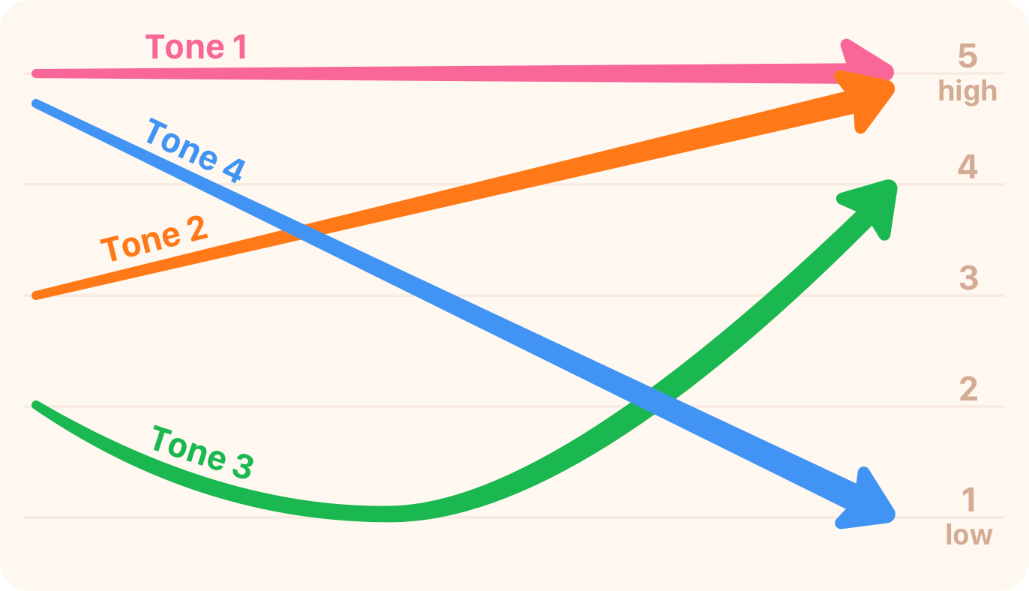Introduction to Pinyin
Pinyin is the system of symbols for the phonetic notation of all Chinese characters. Each Chinese character has its syllable, and each syllable is composed of three parts, i.e. initials, finals and tones. The series aim to develop your ability of listening with precision, help you improve your pronunciation of Mandarin.

"Beginners, start here"

Pinyin Classification
Initials
Finals
Finals are mostly vowels, or start with a vowel. In a Chinese Pinyin Syllable, the final goes at the very end. There are 6 simple finals, 13 compound finals and 16 nasal finals.
Simple Finals
A simple final is a vowel. The six simple finals are the most fundamental elements in Pinyin.
Compound Finals
By combining the simple finals with each other, we can make 13 compound finals. So if you have learnt how to pronounce the simple finals individually, you can try to read out the following combined ones.
Nasal Finals
By combining the simple finals with “n” or “ng”, we can make 16 nasal finals.
Special Final
[er] is a separate sound in the syllable but not form a syllable alone sometimes. It is usually combined with another final to develop a retroflex final which is represented with character”
Tone
Mandarin Chinese is a tonal language. In order to differentiate meaning, the same syllable can be pronounced with different tones. There are four basic tones, which are marked with a little symbol above the vowel, and one neutral tone. Each tone has a distinctive pitch contour which can be graphed using the Chinese 5-level system.
- Tone 1
- Tone 2
- Tone 3
- Tone 4

